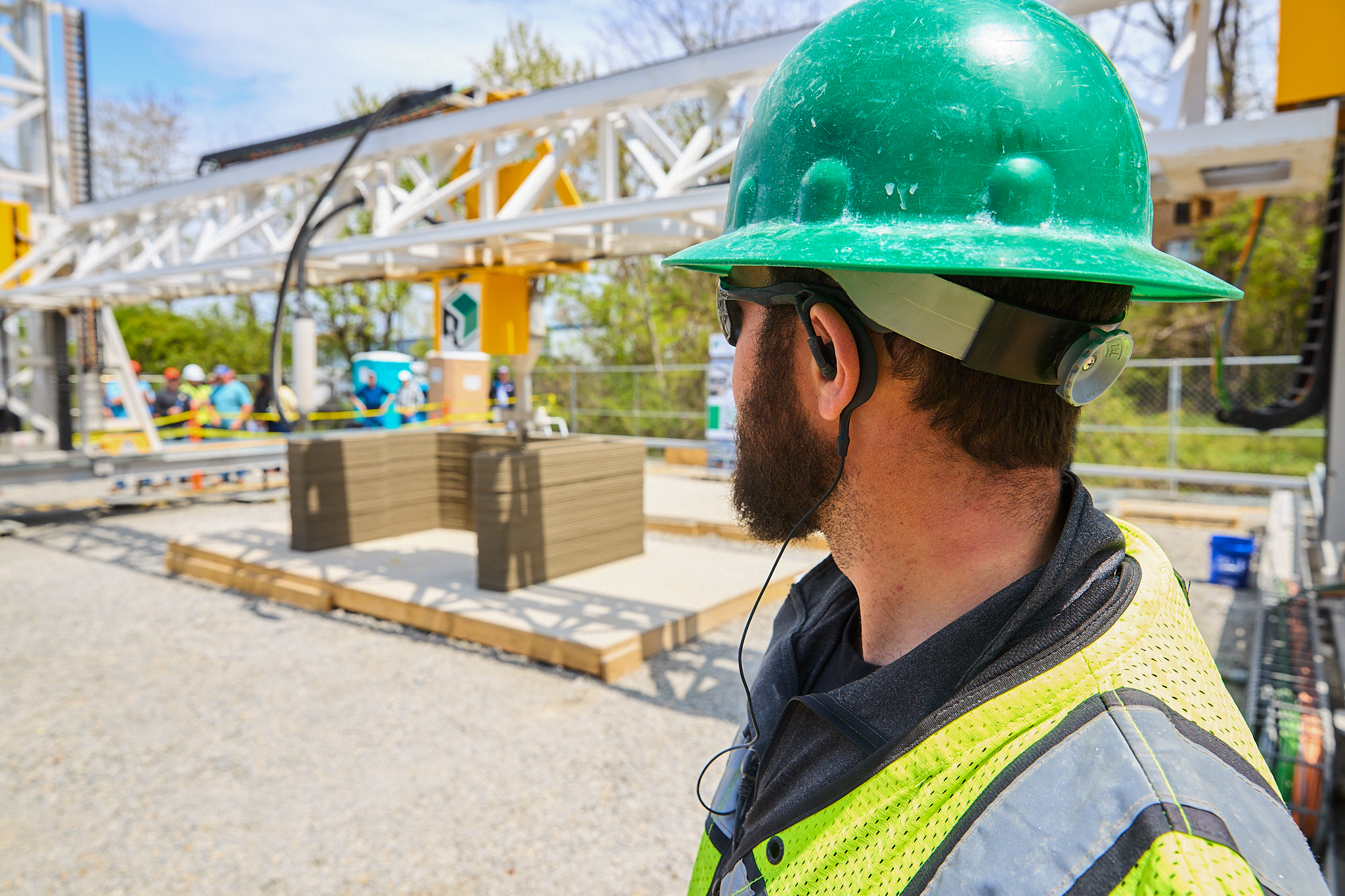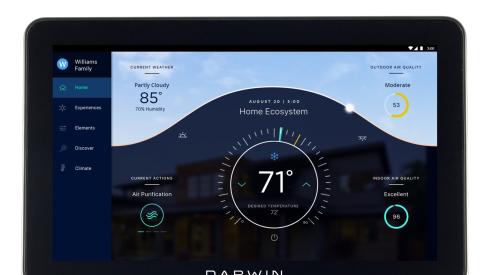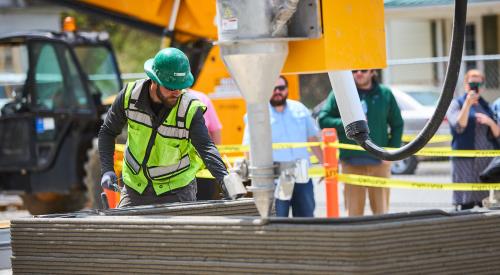As 3D printing technology continues to soar, new research predicts the overall 3D printing market will grow by 24% to reach $44.5 billion by 2026. With so many new advancements becoming global talking points, 3D printing experts Hubs.com were keen to find out which innovations are the most anticipated.
Article originally posted by Hubs.com
Taking recent industry insights to establish a list of mind-blowing advancements, the study analyzed which ones are the most searched for on Google.
From 3D printed rockets to shoes, the world is seemingly excited for this new wave of technology.
Filemon Schoffer, cofounder & CCO from Hubs.com said: “Overall, we expect to see more signs of growth in 3D printing in 2022 and beyond. Enhanced automation, scalable quality controls, advances in interoperability, reduced material and processing costs and further industry consolidation, among other key factors, will help 3D printing become the robust industrial manufacturing process that befits its massive potential.”
6 of the most Googled 3D-printed advancements
Homes
3D printed houses take the top spot as the most anticipated 3D printed innovation, racking up 76,000 monthly searches on average—and it’s no surprise, as they could be the answer to affordable housing. 2021 saw the first 3D printed house sale take place in the Netherlands, and now innovative developers in the US are keen to catch up.
In the last 12 months, Google searches for "what is a 3D printed home" have risen significantly by 250%, while "where can I buy a 3D printed house" is up 70%.
It was recently reported that the small town of Pulaski, Virginia, is set to become home to 200 such houses built over the next five years using the time- and labor-saving technique that involves a massive 19-ton robotic printer.
Food
3D printed food is next on the list, pulling in 9,800 searches a month on average. More specifically, 3D printed meat receives 4,500 searches a month, thanks to a break-through advancement last year.
In 2021, an Israeli bioprinting company announced that it succeeded in printing a 104-gram cultivated steak. Made of real cultivated fat and muscle cells, the steak is believed to be the largest cultured steak produced to date. The achievement represents another step on the road to the mass production of cultured meat, an important milestone in combating climate change.
Cars
The automotive industry is also racing ahead, as 3D printing revolutionizes the manufacturing process. Currently used to create low-cost parts and prototypes, it might not be long before 3D printed cars hit the city streets.
In 2015, Kevin Czinger, former head of Divergent Microfactories, debuted Blade, the world's first 3D-printed supercar. Since then, the automotive expert has been busy creating the Czinger 21C, which was unveiled at the Festival of Speed earlier this year. Developed with patented technology, using AI and 3D printing to create the model, all of the parts used in this car are stronger, lighter, and cheaper than any of its predecessors.
Aerospace
When it comes to aerospace, interest in 3D printed planes and rockets is skyrocketing, as the technology is currently being used to build complex parts across the aerospace, military, and space sectors.
The aerospace industry is set for huge growth in the coming years, as aerospace manufacturer Boeing made the first stride in the defense sector in 2021, by flight-testing a 3D printed flight-critical component on a Chinook helicopter for the very first time.
Airborne wind energy company, Ampyx Power, is also paving the way for change. Using autonomous aircraft and sophisticated software instead of wind turbines to produce renewable electricity, 3D printing technology has proved to be a huge success for manufacturing parts for prototypes.
There’s also a notable amount of interest in 3D printed drones, with the term receiving 3,000 searches each month. Just last month (June 2022), it was announced that Essentium HSE 3D printing technology is now being used to support the development of US-made, 3D printed, fire-fighting drones to help tackle wild-fires.
Healthcare
3D printed healthcare technology is making some incredible advancements which could change the future. It’s currently being used for the development of new surgical cutting and drill guides, prosthetics as well as for creating specific replicas of bones, organs, and blood vessels. These recent advances have led to lighter, stronger and safer products, reduced lead times and lower costs.
From the above advancements, organs and prosthetics are undoubtedly the most anticipated, receiving the highest number of searches overall.
In June 2022, doctors in the U.S. successfully transplanted the world’s first 3D-printed ear implant using the patient’s cells. The “bio-printed living tissue implant” was printed in a shape that matched the patient’s other ear and will continue to regenerate cartilage tissue to help it look and feel like a real body part.
3D printing is also breaking new ground in the dental industry, with the development of 3D printed dentures currently underway. With shorter turn-around times and a more accurate fit, searches for 3D printed dentures are rapidly growing, with 1,200 on average.
Fashion
Karl Lagerfeld was the first designer to bring 3D printing technology into the fashion industry and since then it’s seen phenomenal growth.
In 2015, Lagerfeld showcased a futuristic version of the classic Chanel suit, featuring 3D printed elements, using selective laser sintering technology. Now leading fashion innovator Iris Van Herpen leads the way in 3D printed gowns and jewelry, unveiling a new collection for 2022.
Fashion designer Zac Posen is also pushing this technique to new levels. Working with Hubs parent company, Protolabs, he debuted five stunning 3D-printed, wearable pieces at the 2019 Met Gala.
Footwear giants Adidas broke new ground as they developed a 3D printed midsole which is being used as a replacement for foam, to create a more sustainable product that exceeds in comfort and performance. Adidas' 4DFWD shoes use a midsole 3D printed by Carbon and is designed to slightly ease your foot forward each time it strikes the ground.
On average, there are over 5,400 Google searches for 3D printed shoes each month, making this one of the most popular search terms in our study.
For more on the study, visit Hubs.com. For more on 3D printing, read it here on Utopia.















